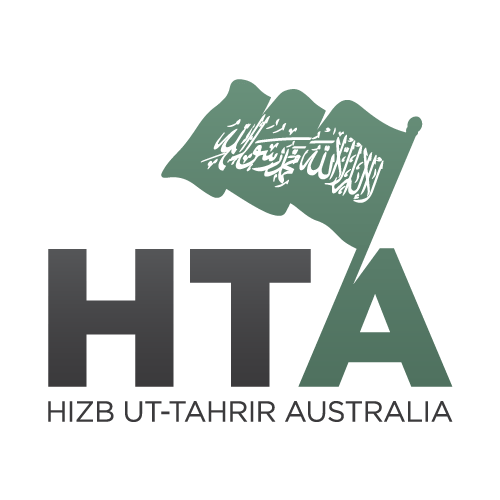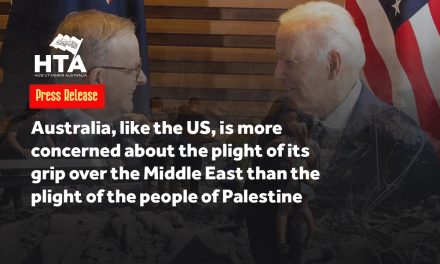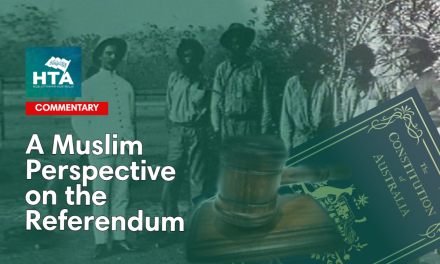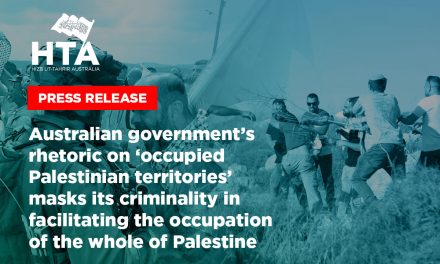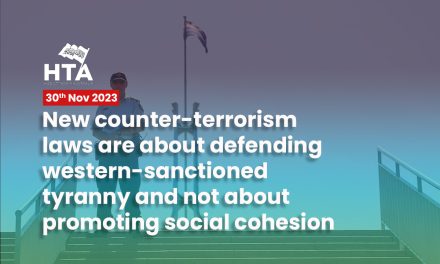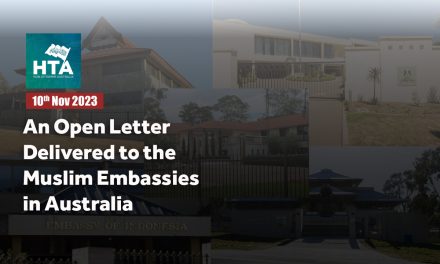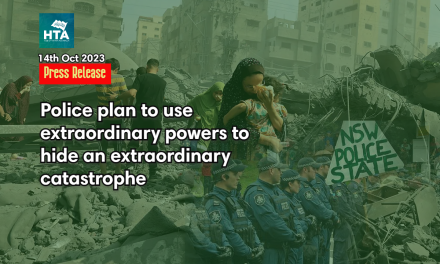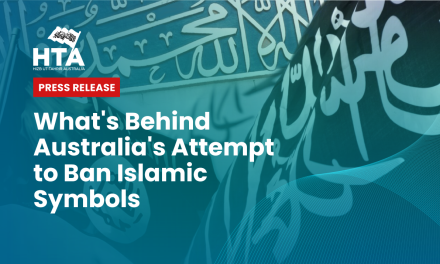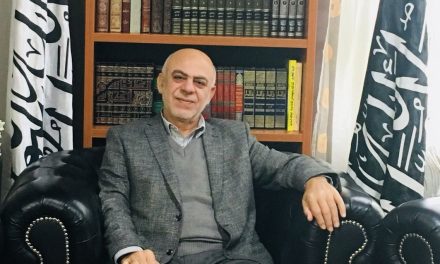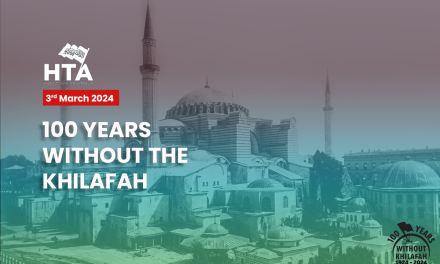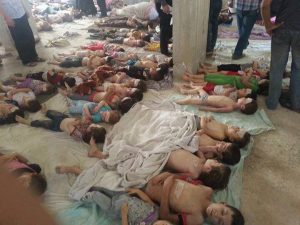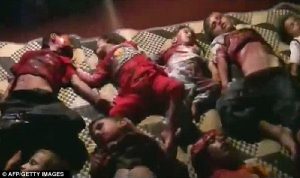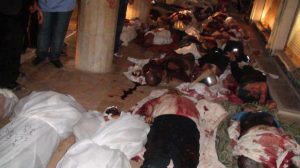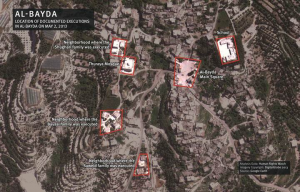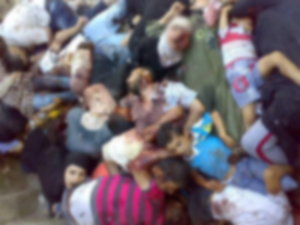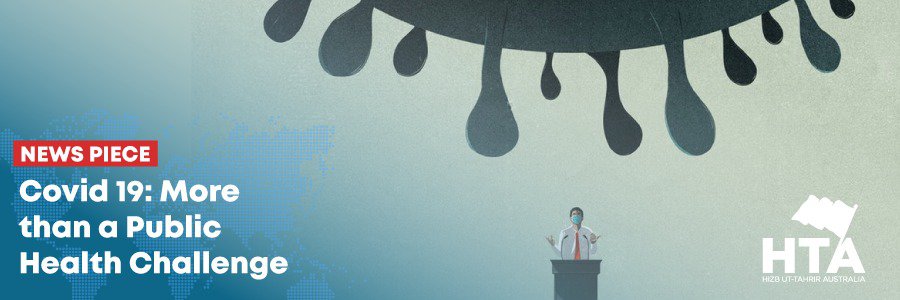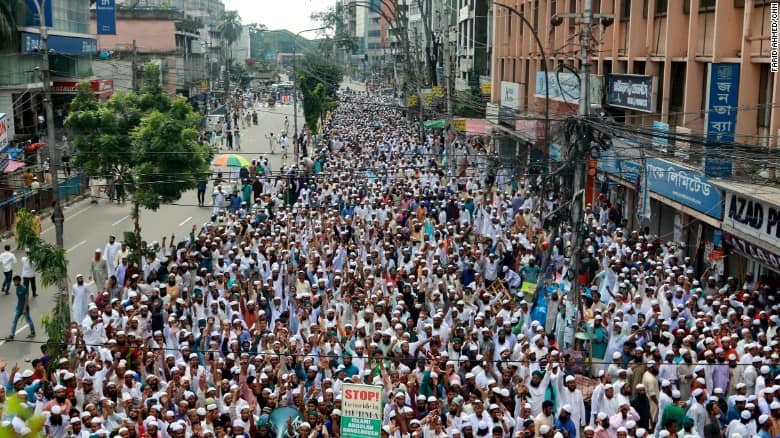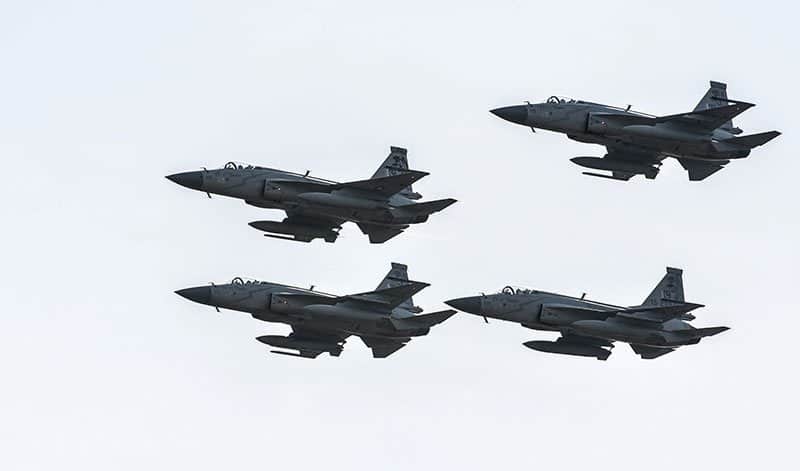People the world over are paralysed with helplessness as they continue to watch unfolding events in Aleppo. Unfortunately though, it is simply a reminder to us of what’s been going on throughout Syria for over 5 long years now. To inspire us to continue to call for the change that’s needed, we have compiled a list of the worst atrocities in Syria to date. Take them not as compounded hopelessness, but as a reminder as to why people want action to supplement their dua for the victims of these crimes and against the perpetrators.
The Ghouta Chemical Attacks
The Ghouta chemical attacks occurred in the early hours of the 21st of August 2013. The agricultural belt of the region was hit by rockets containing the chemical agent sarin, as confirmed by UN chemical weapons inspectors. Estimates of the death toll range from at least 281 people to 1700 people, and the UN report claims the attack was the deadliest use of chemical weapons since 1988 during the Iran–Iraq War.
Some of the symptoms victims experienced included shortness of breath, disorientation, runny noses, eye irritation, blurred vision, nausea, vomiting, general weakness and eventual loss of consciousness.
Much footage can be found of large numbers of people in pain, with some footage showing dozens of bodies, including many small children and babies, laid out in rows on the floors of clinics and mosques.
On top of this, the Syrian government has the audacity to accuse the rebels of using the chemical weapons, even though they do not have access to the types of rockets used, the amount of sarin used, and neither do they have the expertise to load chemical weapons. Meanwhile, the regime is believed to have had more than 1000 tonnes of chemical agents, including hundreds of tonnes of sarin.
The Houla Massacre
The Houla massacre was an attack that took place on May 25, 2012 by pro-Assad forces against the people of the town of Taldou. After 2 hours of continuous shelling by the tanks and artillery of the Syrian government, pro-Assad forces had forged their way into the town and begin a horrifying 11 hour killing spree. At least 108 people were confirmed dead.
Militias went house to house stabbing and shooting civilians, including women and children. There are even reports of babies as young as 6 weeks old being killed. In the aftermath of the massacre over 10,000 families were forced to flee to other parts of Houla, further away from the front lines.
Chemical weapons and artillery are one thing, though still an act of violence and in the case of chemical weapons much more painful for the victims, but militiamen going house to house and personally shooting a child, or taking a knife to a child’s throat is an almost unbelievable act of violence. It is events like this that really encapsulate the severity of the situation of the Muslims in Syria.
As with everything else, the Syrian government unashamedly shifts the blame to the rebels. It is also unclear how many died due to the 2 hours of intense shelling immediately prior to the massacre.
The Darayya Massacre
The Darayya massacre took place between August 20 and 25 in 2012, and was believed at the time to be the worst single act of violence committed by the regime. This event resulted in the deaths of at least 400 people, including women and children. Preceding the massacre was the encirclement of the town which prevented any civilian escape.
There are many reports of indiscriminate and cruel killing. Mostly this has been done through shooting and stabbing with bayonets. Many people were arrested and taken to places only to be executed. Some people were forced to serve the soldiers as though they were guests, giving them food and tea, only for them to kill their hosts after they left the house.
Unlike the likes of the Houla massacre, there is no way apologists can pass off blame to fanatical pro-Assad elements, as this massacre was committed by Syrian soldiers in the most direct way and with them involved at every level of the violence. However, this did not stop Syrian state television from playing footage of the aftermath, and blaming it on rebels.
The Destruction of Homs
Homs was Syria’s third largest city, and was central to the revolution against Assad. Civilians in their thousands continued to protest even after clashes with the regime left many dead. Eventually it became known as the capital of the revolution and the rebels held their ground in the city for years. After intense fighting and pressure, including sieges which prevented aid and killed many due to a lack of access to medicine and food, the regime slowly advanced. Now the city has been abandoned.

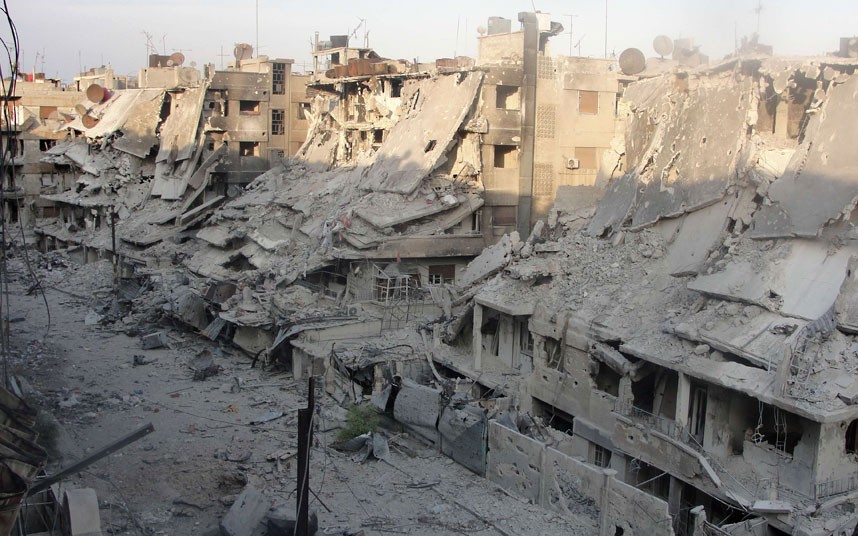
The transition from the third largest city in Syria to an abandoned ghost city is a clear sign of the ruthless nature of the regime and its allies. This is what Assad’s leadership means. Imagine if the cities we lived in were reduced to what we see in the video below.
Bayda and Baniyas Massacres
The Village of Al-Bayda, 2013
It began as a Syrian Army hunt for deserters, but after a firefight in which opposition members had bested government forces who were abusing the villagers, the Syrian Army had the village surrounded. By the afternoon the place had turned into a bloodbath.
At 1.30pm the killing began. Men and women were separated in the houses. The “men” – which included teenage boys – were either executed immediately, or marched to the village square to be killed en masse. Most were shot. (Channel 4, 13/9/13)
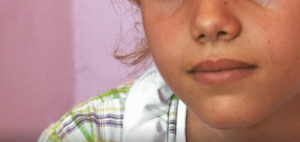
“The world should pay attention about what is happening in al-Bayda. Why is everyone asleep? Why don’t they do something?” Sara, 12 years old, and one of the few survivors of the village massacre
After the shooting, hacking and slaughter by these Syrian Army death squads, a large number of bodies were stacked in a store, and the store burned down. The next day, the army returned to burn the rest of the village.
The City of Baniyas
Soon after the massacre at the village, another took place in neighbouring Baniyas.
It took place under the guise of anti-terrorist operations, but eyewitness accounts reported horrific news. The military assault resulted in bodies being piled up and burnt, whole families slaughtered, and worse. Recorded footage showed similar, and recordings were made by pro-Assad media as well.
The Bombardment and Siege of Aleppo, December 2016
Arguably some of the worst violence yet, the recent siege has gripped social media like nothing else through the course of the Syrian crisis.
Reports range from family suicides in fear of the coming government forces to entire brigades being killed. Dozens of activists posting perhaps their last words, all after the revolution came to its most tragically fragmented state in early December of 2016.
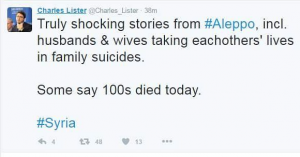
Reports emerged of families asking for fatawa on the permissibly of family suicides in the face of the coming horrors of government forces.
Bombardment has been ongoing for weeks, and in that short span, thousands have lost their lives. The victims are helpless, and the world can only watch on as regional leaders do absolutely nothing to assist. Since the siege has lasted for so long and the bombardment by Russian and regime forces is so unrelenting, it is difficult to estimate any accurate number of civilian deaths beyond knowing that it is within the thousands. Distressingly, this number is increasing daily with more and more reports of dozens of people being killed continuously emerging.
Once again, this terribly saddening information is not presented so that we feel hopeless. We must certainly feel aggrieved and must certainly feel deep anger against those responsible for such monstrous and wanton death, but this must be appropriately channeled. Rather than feeling overwhelmed at the extent of the tragedy in Syria and unfolding events, let this motivate us to act. It should inspire us to action, in whatever capacity we have, to continue in our dua, to spread the word and to call for real change.
May Allah (swt) inspire us towards truth, towards acting upon it and towards His justice which we pray He swiftly brings upon those who are responsible for all of these atrocities.
![]()
